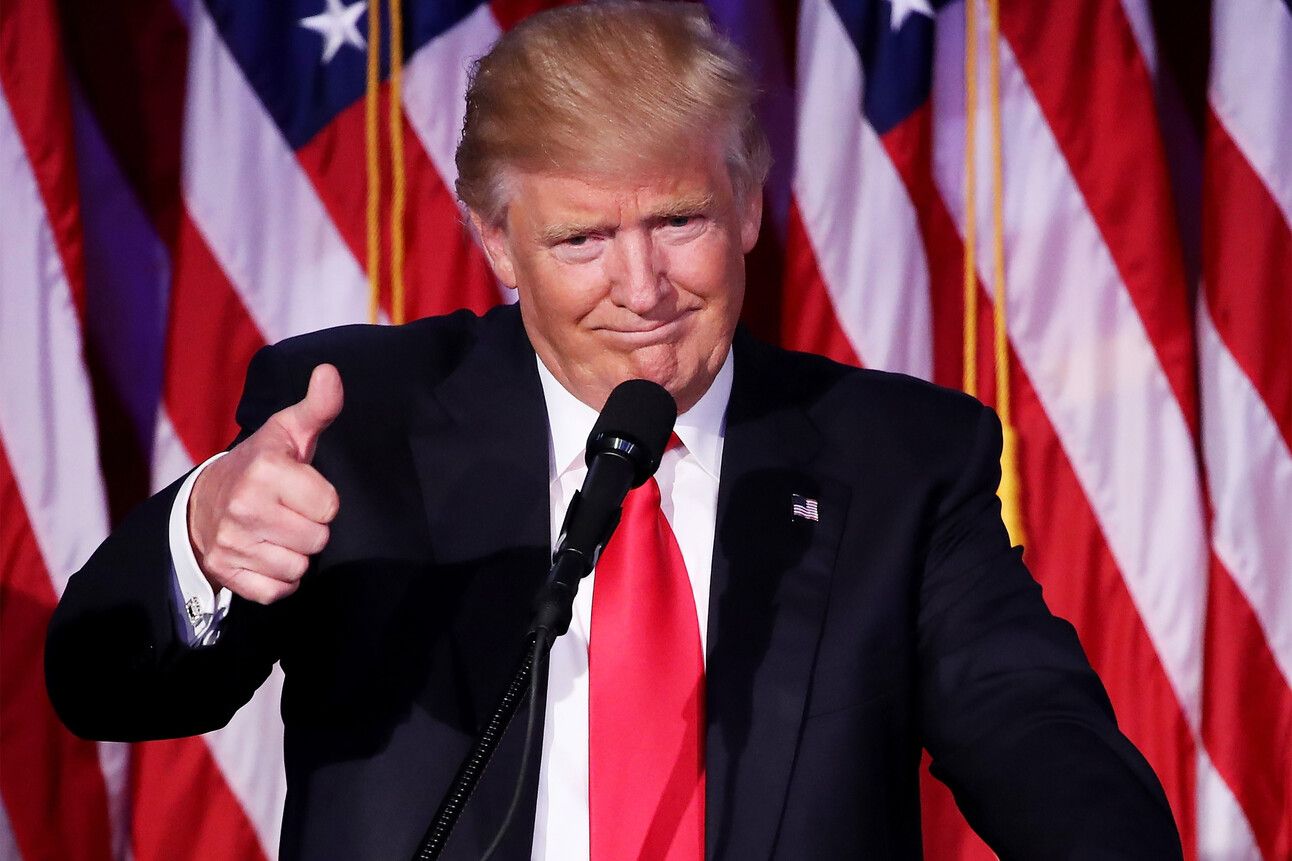- Investor Talk Daily
- Posts
- Trade Uncertainty Hits Global Markets
Trade Uncertainty Hits Global Markets
Oil Ambitions Clash with Reality and Buy Now, Pay Later Risks
TARIFFS
Trade Uncertainty Hits Global Markets
Donald Trump’s first-term tariffs had minimal overall economic impact, but his second term proposals aim for much larger-scale measures that could significantly affect both domestic and global markets. While tariffs were a hallmark of his previous presidency, their economic footprint was modest, primarily influencing specific industries like solar panels, washing machines, steel, and aluminum. Despite claims of job creation and inflation concerns, the results were mixed, with no major manufacturing resurgence or substantial inflation spike. However, they did shift U.S.-China relations and changed global trade dynamics, as companies sought alternative supply chains.
Trump’s new tariff threats are far more ambitious. He has proposed a 25% tariff on all goods from Mexico and Canada to curb illegal immigration and drug trafficking, and an additional 10% tariff on Chinese imports for fentanyl-related issues. These measures could dismantle trade agreements like the USMCA and strain diplomatic relations, while also triggering retaliatory tariffs from affected nations.
Democrats and business groups warn that such tariffs could lead to escalating inflation, particularly in consumer staples like food, housing, and autos. Retaliation from Canada and Mexico would exacerbate the economic strain. Some Democratic lawmakers have introduced legislation to limit presidential tariff powers, reflecting bipartisan concern over potential economic fallout.
Trump’s tariff proposals could increase tax collections by $266 billion annually but at the cost of higher consumer prices and business expenses. Critics argue these tariffs might allow companies to exploit the situation and raise prices unjustifiably, mirroring trends during the 2022 inflation spike linked to Russia’s invasion of Ukraine.
While Trump’s tariffs could theoretically bolster domestic manufacturing, their success remains uncertain. Past tariffs had limited effect on boosting factory construction or job growth, and experts caution against expecting transformative results. Trump’s rhetoric may energize his political base, but the economic outcomes could be less favorable for American families and businesses.
This uncertainty leaves global markets and businesses bracing for potential disruptions. Trump’s vague benchmarks for tariff success create ambiguity, forcing companies and nations to navigate an unpredictable trade landscape. As his administration’s economic policies take shape, the ripple effects of these aggressive tariff proposals will likely shape U.S. and global economic dynamics for years to come.

FINANCE
Oil Ambitions Clash with Reality
Donald Trump’s Treasury Secretary nominee, Scott Bessent, has unveiled a 3-3-3 plan aimed at reducing the U.S. deficit, with one goal being an increase of 3 million barrels of daily oil production. While ambitious, this plan faces significant practical challenges.
Convincing oil companies to ramp up production—over 20% of current U.S. output—is unlikely. The shale industry, scarred by past overproduction, now prioritizes investor returns over expansion. With crude prices below $70 per barrel, far from the $89 needed to incentivize drilling, producers lack motivation.
Trump could reduce barriers, such as easing emissions regulations or expanding federal land access for drilling, but these changes wouldn’t sufficiently lower production costs to meet targets. Other ideas, like offering incentives to refill the Strategic Petroleum Reserve or imposing a windfall tax, could spur production but may face political resistance.
Even if production increases, infrastructure constraints like pipeline and liquefied natural gas export capacities limit market expansion. Meanwhile, tariffs on Canadian and Mexican oil—key U.S. suppliers—could hurt refiners optimized for heavier imported crude.
Higher production might lower global oil prices, reducing tax revenues from the energy sector and undermining the plan's goal of deficit reduction. This approach, while bold, risks long-term market disruptions and geopolitical tensions, including potential retaliation from Saudi Arabia.
FINANCE
Buy Now, Pay Later Risks
Gen Z’s reliance on buy-now-pay-later (BNPL) services is skyrocketing, raising concerns as record-high credit card debt and inflation persist. Adobe Analytics predicts holiday spending through BNPL will jump 11.4% this year, totaling $18.5 billion, with $993 million spent on Cyber Monday alone.
BNPL services attract younger shoppers due to soft credit checks and lack of reporting to credit bureaus. While marketed as low-interest alternatives, they encourage overspending and create financial risks, especially when combined with credit card payments that incur additional fees and interest.
Consumer advocates warn that using multiple BNPL services complicates tracking payments, leading to potential missed installments, late fees, and account restrictions. For merchants, BNPL boosts cart sizes and conversions, but for consumers, it’s often misinterpreted as debt-free spending.
“Young people are entering this holiday season already in the red,” says Emily Childers of Credit Karma. Without financial discipline, BNPL’s popularity risks deepening Gen Z’s debt struggles.
DISCLAIMER: None of this is financial advice. This newsletter is strictly educational and is not investment advice or a solicitation to buy or sell any assets or to make any financial decisions. Please be careful and do your own research.